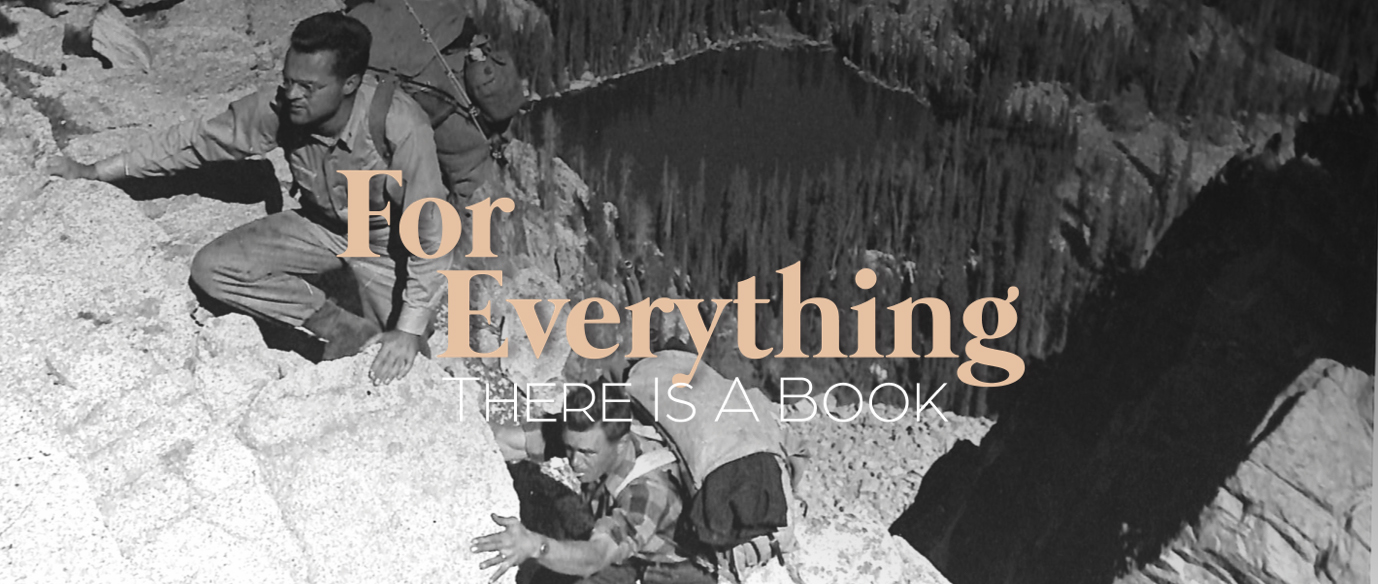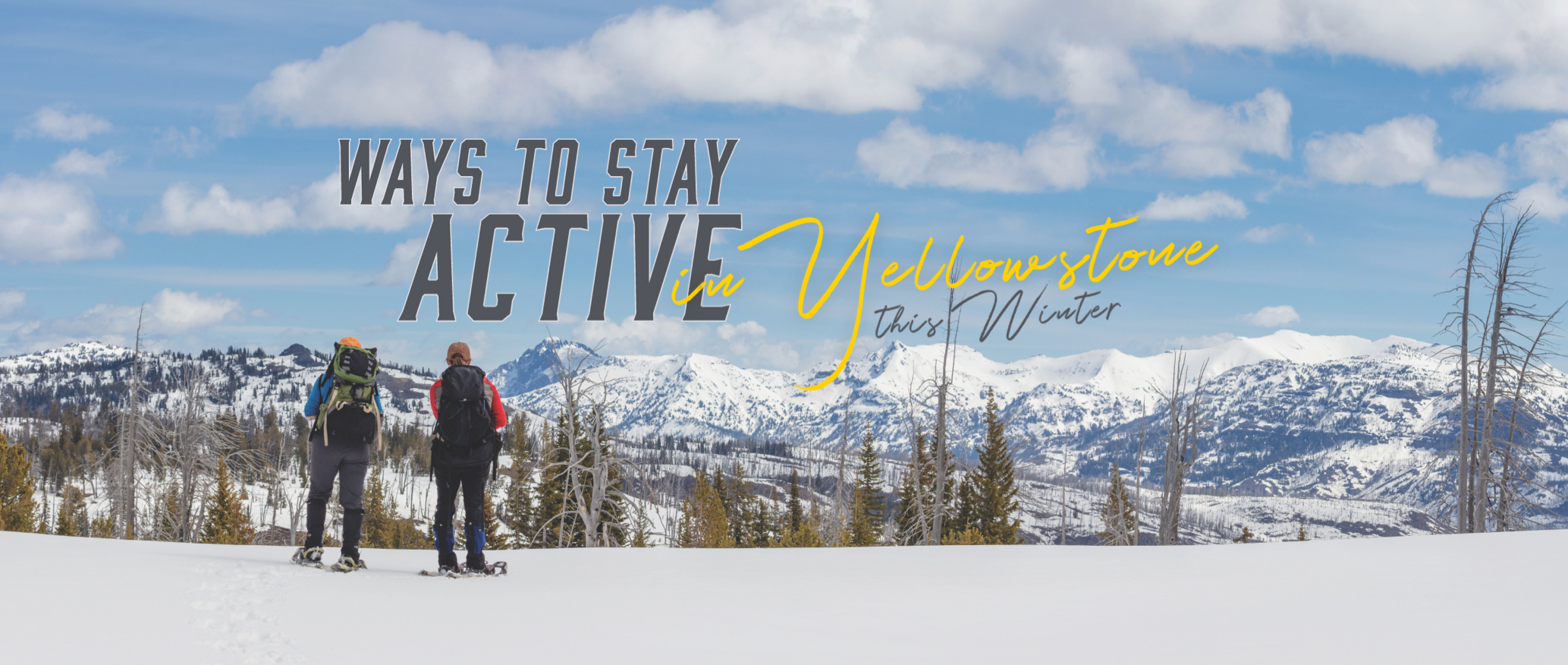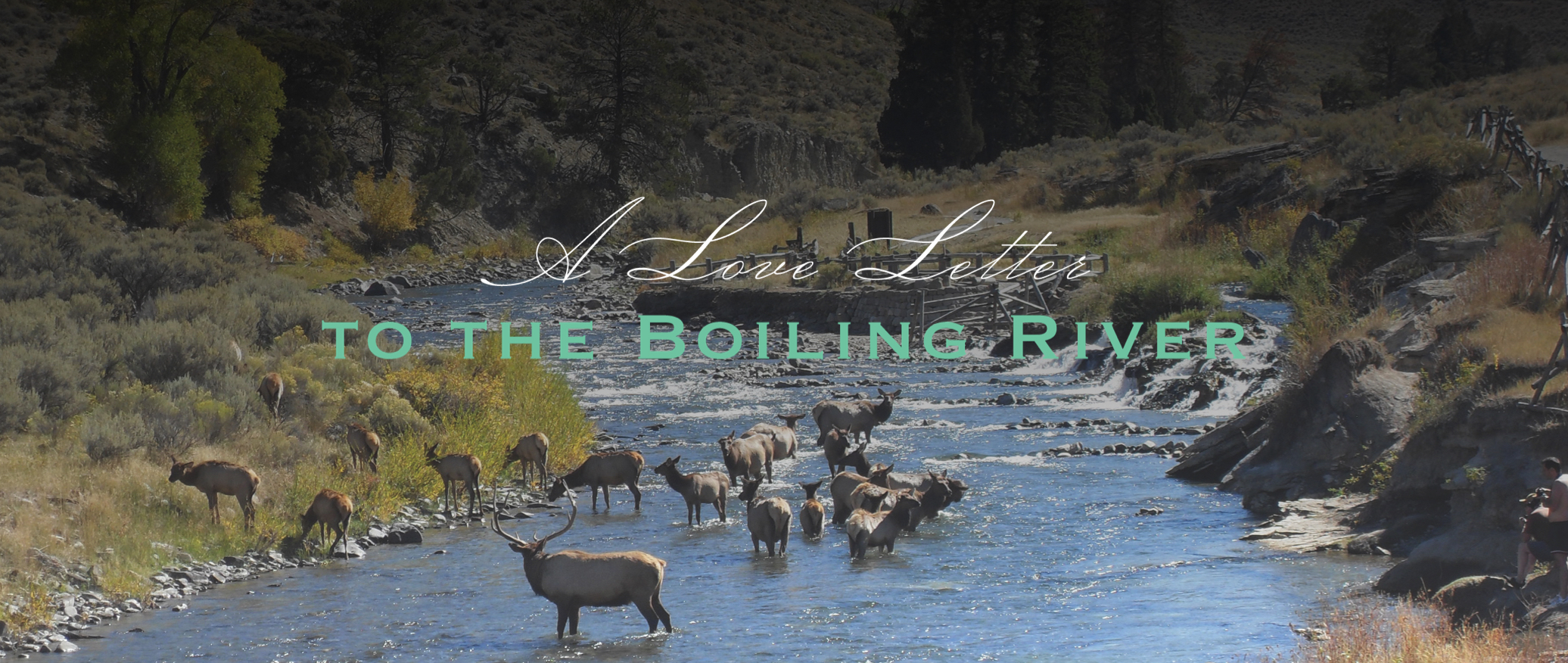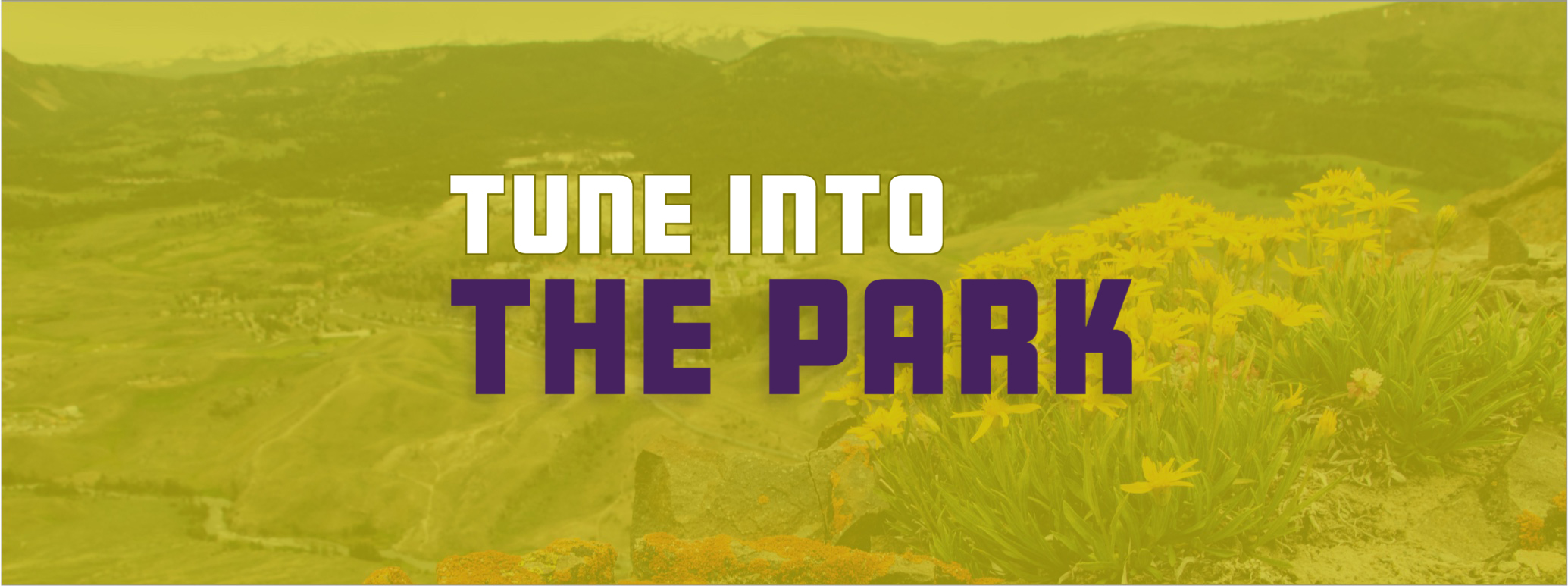As we drifted down the sparkling blue froth of the Yellowstone River, the rugged Absaroka Mountains framing the yellow-leafed cottonwoods were almost hallucinatory. Casting his fly from the front of the dory, Ken, who had never fished such a large river, seemed distracted by the grandeur. I recall us missing strikes with few eats. Cameron abandoned the fly rod for spin gear. Emotionally, the bittersweet experience would resemble a topographical map with a succession of basins and ranges. But, before I revisit the details, I have to travel back in my memory.
My parents divorced when I was 16. It was contentious and remained so until my father’s death. A romance blossomed between my mother and her business partner, no less, while my father moved to a meagerly furnished bungalow, consumed with rancor. It cast my brothers and me in the middle of an ugly feud, deplorably forcing us to choose sides. Her boyfriend, unlike my dad, was a country person by birth and a sportsman. He came from a farming family that worked an extensive property on the Virginia-Carolina border by a bay where his waterfowling forefathers guided rich swells. Later, after he served in the Navy, Cameron became a game warden. A crack shot and a determined angler, he helmed a real estate company. His friends called him C.A.
When Cameron discovered I liked to fish and shoot, he included me. He had four sons from his previous marriage, and I had two brothers.
It so happened that I, a Jewish kid, was the only one in either family with an abiding passion for the outdoors. At first, it was dove shooting, then later, we hunted ducks out of floating blinds on his lease in Back Bay in southern Virginia. Four years later, he became my stepfather.
Words & Photos by Stephen Collector
In the autumn of 1979, I arranged a fishing trip for my stepfather, Cameron, and his friend Ken, who worked at a bank.

Veteran fishing guide, Ray Hurley, releasing a chunky Yellowstone River rainbow trout.
Geremia grew up on Long Island in New York, 2,500 miles and a whole world away from his current home. “I still have no idea how I landed here,” he says. His own son grew up taking trips into the park, visiting hot springs in the wintertime and taking his first backpacking trip at age three, but Geremia’s childhood was much different. In New York, he was surrounded by lots of people and not a lot of open spaces, but he always loved to be outside. “You don’t choose where you’re born, you choose where you live,” Geremia said. “Or you try to.”
When Geremia began working for Wallen in 2002, nobody knew very much about buffalo migration. “There had only been a couple radio collars ever put on buffalo before Rick started the program in the early 2000s. We didn’t know how they moved.” But he was about to observe these migrations firsthand. He spent his first years in the park skiing out into the wilderness alone, with no roads or trails and only the path of the buffalo to guide him. “The buffalo create this trench in the snow and they rub every tree along the sides of the trail, so it’s like you’re following this blazed superhighway wherever you go in the park,” Geremia said.
When Geremia began working for Wallen in 2002, nobody knew very much about buffalo migration. “There had only been a couple radio collars ever put on buffalo before Rick started the program in the early 2000s. We didn’t know how they moved.” But he was about to observe these migrations firsthand. He spent his first years in the park skiing out into the wilderness alone, with no roads or trails and only the path of the buffalo to guide him. “The buffalo create this trench in the snow and they rub every tree along the sides of the trail, so it’s like you’re following this blazed superhighway wherever you go in the park,” Geremia said.
I drifted over to the east wall of the expansive showroom where plaques were prominently displayed with the trophy trout (4 lbs. and larger) painted as silhouettes, with the names and dates of the anglers. I wanted to catch such a fish — my name immortalized on the ‘Wall.’ Toward the back of the shop, there were rows of local women tying flies. This was the Montana of myth.
Scheduled to float the river with Ray the following morning, he invited us to his comfortable and well appointed riverside home in the afternoon. With the shooting head I’d purchased at Bailey’s, he gave me a casting demonstration along the bank of the river in his backyard. He tugged out all 30 feet of the gray-colored, weighted shooting head, and then he stripped off and coiled the red Amnesia line in big loops. Loading my archaic seven-weight bamboo rod on his back cast, he powerfully double-hauled the line. It towered up in loose coils and arced, like a mortar shot, across the wide Yellowstone River. I glanced back at the cane pole and it was vibrating so violently it appeared it would shatter into a thousand pieces. My jaw may have hit the ground when the Spruce fly practically kissed the far opposite bank. That evening, as we ate, the anticipation was palpable, as it often is for newcomers to the area.
Scheduled to float the river with Ray the following morning, he invited us to his comfortable and well appointed riverside home in the afternoon. With the shooting head I’d purchased at Bailey’s, he gave me a casting demonstration along the bank of the river in his backyard. He tugged out all 30 feet of the gray-colored, weighted shooting head, and then he stripped off and coiled the red Amnesia line in big loops. Loading my archaic seven-weight bamboo rod on his back cast, he powerfully double-hauled the line. It towered up in loose coils and arced, like a mortar shot, across the wide Yellowstone River. I glanced back at the cane pole and it was vibrating so violently it appeared it would shatter into a thousand pieces. My jaw may have hit the ground when the Spruce fly practically kissed the far opposite bank. That evening, as we ate, the anticipation was palpable, as it often is for newcomers to the area.
Launching from his property, we squeezed into his drift boat and began our float under a hard blue sky. The September weather was inordinately warm. Cottonwoods shimmered like hammered gold. Cameron fished a spinning rod with a Mepps spinner. Ken and I positioned front and rear, fly-fished. We drifted through town. A romantic by nature, this was what I’d dreamed of. A few whitefish rose to my flies, while the trout had lockjaw.
Ray, a former drill sergeant in the military, was powerfully built with a clipped mustache, and was the embodiment of an old-style fishing guide. He wanted me to do well, but he had a curious way of showing it. In his deep, gravelly voice, he barked what sounded like angry commands. When I blew it, he’d reproachfully yell. Cameron became irritated. Accustomed to being the entitled client, he found Ray’s manner offensive. In short order, we had a testosterone-pissing contest. It didn’t help that the fishing wasn’t going well. When we pulled over for a break, Cameron told me he was going to tell Ray off. I knew Ray didn’t mean anything by it and pleaded with him not to. He grudgingly relented.
Ray, a former drill sergeant in the military, was powerfully built with a clipped mustache, and was the embodiment of an old-style fishing guide. He wanted me to do well, but he had a curious way of showing it. In his deep, gravelly voice, he barked what sounded like angry commands. When I blew it, he’d reproachfully yell. Cameron became irritated. Accustomed to being the entitled client, he found Ray’s manner offensive. In short order, we had a testosterone-pissing contest. It didn’t help that the fishing wasn’t going well. When we pulled over for a break, Cameron told me he was going to tell Ray off. I knew Ray didn’t mean anything by it and pleaded with him not to. He grudgingly relented.

Hurley, Farmer and Munden rendezvous outside Dan Bailey’s iconic tackle shop before their first float trip.
Because I wanted to learn the streamer technique, Ray went out of his way to comply. When we drifted by islands, he’d anchor up on the lower end and wade over to the junction of the braids. Invariably there would be a deeper trough flowing close to the bank. Stripping off line with my shooting head, a large dark Spruce fly snugged to the short, stout leader, he’d cast across, mend the line, and make short jerky strips. Each time he would hook a fat cutthroat trout and then, smugly hand me the rod. Try as I might, I hooked nothing. With mounting frustration, after the third successful presentation, I suggested we forego further demonstrations.
In the afternoon, Ray anchored at the top of another island and advised me to work quickly down the braid with my Muddler. A logjam created a deep eddy. I put a cast to the bank, mended the line several times so the fly would sink, and got a jolting grab. A big rainbow rocketed out of the eddy — maybe hefty enough to land on Bailey’s wall. After a desperate struggle, I had the fish thrashing ten feet from the net when it pulled off. My curse echoed off the hillsides.
Bailey’s booked our reservations to fish both Armstrong’s and DuPuy’s spring creeks on the following day. When we checked in at Armstrong’s, Cameron discovered he’d forgotten his chest waders. “Go back and get my waders,” he commanded. I drove the twenty minutes back and did as told. My anger flared when I returned.
The technical fishing required at the spring creek was demanding. Cameron and Ken left for a stocked pond on DuPuy’s where they had some success with another new style fly, a Wooly Bugger. While I fished Wooly Worms back home, this outlandish fly seemed a preposterous novelty (little did I realize the fame this fly would garner). What I didn’t know, because I remained on the creek, was that when he became frustrated, Cameron broke the ranch rules and broke out his spinning gear, where, according to Ken, he crushed them.
Back at Armstrong’s, Cameron found me. “What are you catching then on?” he asked disagreeably. When I replied, “Nymphs,” he commanded, “Give me some nymphs”. Though we had purchased the same flies, I gave him some midge patterns. Cameron was experienced in fly-casting for bass, but trout fishing, a vexing novelty, was different.
In the afternoon, Ray anchored at the top of another island and advised me to work quickly down the braid with my Muddler. A logjam created a deep eddy. I put a cast to the bank, mended the line several times so the fly would sink, and got a jolting grab. A big rainbow rocketed out of the eddy — maybe hefty enough to land on Bailey’s wall. After a desperate struggle, I had the fish thrashing ten feet from the net when it pulled off. My curse echoed off the hillsides.
Bailey’s booked our reservations to fish both Armstrong’s and DuPuy’s spring creeks on the following day. When we checked in at Armstrong’s, Cameron discovered he’d forgotten his chest waders. “Go back and get my waders,” he commanded. I drove the twenty minutes back and did as told. My anger flared when I returned.
The technical fishing required at the spring creek was demanding. Cameron and Ken left for a stocked pond on DuPuy’s where they had some success with another new style fly, a Wooly Bugger. While I fished Wooly Worms back home, this outlandish fly seemed a preposterous novelty (little did I realize the fame this fly would garner). What I didn’t know, because I remained on the creek, was that when he became frustrated, Cameron broke the ranch rules and broke out his spinning gear, where, according to Ken, he crushed them.
Back at Armstrong’s, Cameron found me. “What are you catching then on?” he asked disagreeably. When I replied, “Nymphs,” he commanded, “Give me some nymphs”. Though we had purchased the same flies, I gave him some midge patterns. Cameron was experienced in fly-casting for bass, but trout fishing, a vexing novelty, was different.

The Absaroka Mountains framed the yellow-leafed cottonwoods, lending a mythic feeling to our autumnal adventure.
As I drove back to the motel, I inwardly railed about my place in the pecking order. I mulled over the disparity of fishing with my pals versus my stepfather, whose imperiousness felt discourteous. Maybe I was defending my petty behavior, but at 28, I had far more testosterone than decorum. Even more vexing was that I lacked all perspective to the reality that I was in a storied place, in its heyday, and I was the beneficiary of a rare gift — after all, he was picking up the tab. But the underlying factor was one of edges; I could not discern where he stopped and where I started. Therefore, I mistakenly took everything personally, when in fact — it wasn’t.
After our supper at a steakhouse, Ken wandered back to the poolroom and began shooting the balls around. Not only I but also the bar patrons must have noticed Ken was hammered. A seedy-looking patron suggested they put up a friendly wager on a game of pool. I’d never seen either play, so I tucked myself nervously in a corner, bearing witness. Ken handily won the friendly wager of a sawbuck. I assumed the hustler was setting him up. But as the hustler raised the stakes, Ken, sodden from drink, with uncanny ability, continued to win. Before my eyes, it was as if Ken morphed into the character Fast Eddy Felson from the classic film The Hustler. Finally, in desperation, the shark peered into his wallet and doubled down to his last dollar.
I pulled Ken over before they broke and cautioned him it was a ruse. He just looked into my eyes and winked. When the game was over, the hustler wandered away, fuming. “How did you do that?” I asked in astonishment. “Steve, I put myself through college hustling pool,” he drawled. We stumbled out of the bar, laughing uproariously.
A couple of fishy-looking guides met us at Bailey’s the following morning. George Kelly, who guided out of a shop in Bozeman, was to fish me, and a stocky redhead, named George Anderson, was to fish Cameron and Ken. We put in below Emigrant under another bald sky. The scenery was even more sublime further up in the Paradise Valley. Kelly asked me if I knew about short-line nymphing? Keeping his rod tip high, he primarily drifted only the leader, fishing a Stone Fly, poised for the strike. He caught several whitefish. His technique was excellent and occasionally he’d tag a modest rainbow. Meanwhile, I, the so-called client, impatiently watched Kelly take a busman’s holiday. During lunch, I suggested to the guys we swap guides.
After our supper at a steakhouse, Ken wandered back to the poolroom and began shooting the balls around. Not only I but also the bar patrons must have noticed Ken was hammered. A seedy-looking patron suggested they put up a friendly wager on a game of pool. I’d never seen either play, so I tucked myself nervously in a corner, bearing witness. Ken handily won the friendly wager of a sawbuck. I assumed the hustler was setting him up. But as the hustler raised the stakes, Ken, sodden from drink, with uncanny ability, continued to win. Before my eyes, it was as if Ken morphed into the character Fast Eddy Felson from the classic film The Hustler. Finally, in desperation, the shark peered into his wallet and doubled down to his last dollar.
I pulled Ken over before they broke and cautioned him it was a ruse. He just looked into my eyes and winked. When the game was over, the hustler wandered away, fuming. “How did you do that?” I asked in astonishment. “Steve, I put myself through college hustling pool,” he drawled. We stumbled out of the bar, laughing uproariously.
A couple of fishy-looking guides met us at Bailey’s the following morning. George Kelly, who guided out of a shop in Bozeman, was to fish me, and a stocky redhead, named George Anderson, was to fish Cameron and Ken. We put in below Emigrant under another bald sky. The scenery was even more sublime further up in the Paradise Valley. Kelly asked me if I knew about short-line nymphing? Keeping his rod tip high, he primarily drifted only the leader, fishing a Stone Fly, poised for the strike. He caught several whitefish. His technique was excellent and occasionally he’d tag a modest rainbow. Meanwhile, I, the so-called client, impatiently watched Kelly take a busman’s holiday. During lunch, I suggested to the guys we swap guides.

The Japanese characters on Ray Hurley’s old Lavro drift boat mean Wind and Water, which seemed highly appropriate.
George Anderson, like me, had attended college in Boulder and, upon graduation, had moved to Montana to guide. In the afternoon, when we both felt a sense of torpor from the harsh sun and the effects of the relentless upstream wind, he rowed over to the bank. I invited him to fish. He stripped off a great deal of line to which he’d tied a small dry fly. He loaded the rod and then he double-hauled the line and shot out the entire fly line — all 90 feet of it. The leader straightened out, depositing the fly like a feather. The fly bounced along in the foam and disappeared in a take. Anderson deftly set the hook and played a scrappy cutthroat to net. I was astonished — little wonder Anderson would go on to an iconic career in fishing.
The guides fessed up. For the past three weeks, the weather had been inordinately warm and bright. The fish were hunkered down, wary of ospreys and eagles, and in the too-warm water, they weren’t moving to the fly. Cameron had modest success casting his hardware, but Ken and I, fishing flies, struggled. I could understand Ken, an angler from the mountains of Virginia, scuffling on his first trip West. The epitome of a Virginia gentleman — he accepted it all with an equanimity I envied. I had no such excuse.
The guides fessed up. For the past three weeks, the weather had been inordinately warm and bright. The fish were hunkered down, wary of ospreys and eagles, and in the too-warm water, they weren’t moving to the fly. Cameron had modest success casting his hardware, but Ken and I, fishing flies, struggled. I could understand Ken, an angler from the mountains of Virginia, scuffling on his first trip West. The epitome of a Virginia gentleman — he accepted it all with an equanimity I envied. I had no such excuse.
The last evening at dinner, we celebrated and reassessed. The consensus was that the catching had been underwhelming. I wasn’t the only one disappointed. That big, lost rainbow on the first day haunted me. Cameron looked across the table, drinking his ubiquitous ‘Vodka and Coke Cola’, and asked me to tell my mother that the fishing had been wonderful. Looking back from my current perspective, it would have been effortless to have replied, “Whatever you say, Cameron.” Instead, I became contrary.
I flew home to Boulder with nagging doubts that resumed their refrain of what should have been, and what I could have said or not said, all of which cast a shroud of regret over a brilliant experience. These petty dust-ups overshadowed the big picture.
Ken reminded me a little of the character in Jim Harrison’s novella, The Man Who Gave Up His Name. Right off the bat, he ‘got’ Montana with its wild and free rivers. We shared a deep respect for such a celebrated fishery in such a world-class setting. While he didn’t abandon his banking position, he’d take many annual trips to Livingston over the next 30 years, doing what he loved best— fishing and hunting. He eventually built a cabin in the Shields River Valley in 2008.
During our adventure up in the Last Best Place, there were subcurrents that had little to do with fishing, but upon reflection, had more to do with Cameron feeling uncomfortably out of place. Before our departure, I apologized and we brokered an uneasy truce. I was fortunate he had a forgiving nature, and we continued our sporting expeditions until his passing in 1999. He understood a mentor could be an old country boy with a heart big enough to share it. Ken passed in 2021.
While the trip had been a tremendous learning experience, that singular excursion pierces me with longing. What I wouldn’t give for a do-over. All that remains are a few faded prints and emotionally charged memories. As the years pass by, I find myself missing him all the time. I recall Cameron in the valley they call Paradise; bellied up to the bar, casting to the rock-bound banks, belting out orders — the master of the universe.
I flew home to Boulder with nagging doubts that resumed their refrain of what should have been, and what I could have said or not said, all of which cast a shroud of regret over a brilliant experience. These petty dust-ups overshadowed the big picture.
Ken reminded me a little of the character in Jim Harrison’s novella, The Man Who Gave Up His Name. Right off the bat, he ‘got’ Montana with its wild and free rivers. We shared a deep respect for such a celebrated fishery in such a world-class setting. While he didn’t abandon his banking position, he’d take many annual trips to Livingston over the next 30 years, doing what he loved best— fishing and hunting. He eventually built a cabin in the Shields River Valley in 2008.
During our adventure up in the Last Best Place, there were subcurrents that had little to do with fishing, but upon reflection, had more to do with Cameron feeling uncomfortably out of place. Before our departure, I apologized and we brokered an uneasy truce. I was fortunate he had a forgiving nature, and we continued our sporting expeditions until his passing in 1999. He understood a mentor could be an old country boy with a heart big enough to share it. Ken passed in 2021.
While the trip had been a tremendous learning experience, that singular excursion pierces me with longing. What I wouldn’t give for a do-over. All that remains are a few faded prints and emotionally charged memories. As the years pass by, I find myself missing him all the time. I recall Cameron in the valley they call Paradise; bellied up to the bar, casting to the rock-bound banks, belting out orders — the master of the universe.




















